A Leisure Shift in Off-Roading: The Pajero and Patrol Legacy
In the previous chapter, we touched on the playful derivatives of vehicles like the Pajero and Patrol, most notably the emergence of fun-packed short-wheelbase, convertible variants. Diverging from the tool-oriented soft-tops of the ’50s, the new breed of short-wheelbase convertibles fully embraced leisure—a striking departure into what we affectionately term the ‘Beach Buggy’ style.
A Portrait of Pleasure: The Quintessential Beach Buggy
Imagine a zenith of ecstasy: cruising on a sun-drenched day with surfboard in tow and bikini-clad companions at your side—a snapshot of the idyllic life that was the norm in the ’80s and ’90s. This era’s off-roaders weren’t just about mobility; they embodied a lifestyle, marking the birth of playfulness in their very design.
Daihatsu’s Adventurous Spirit: The Rugger
In 1984, Daihatsu released the Rugger, also known as the Rocky in various markets. Larger in size, it approached the conventional off-roader segment with gusto. Available in both short and long-wheelbase forms, the Rugger’s most popular version was its playful short-wheelbase edition. This model came with a removable fiberglass hardtop and other versions incorporating a step-roof and starlight windows—a glimpse of the élan that defines the leisurely off-roader.
Redefining Recreation: Creation Continues into the ’90s
Daihatsu persisted with this playful model across two generations until the mid-’90s. In 1993, the second-gen Rugger embraced the leisure attributes wholeheartedly, incorporating a body-on-frame design and part-time 4WD. This was a time when off-roading was about genuine adventure, not just superficial social media posts.
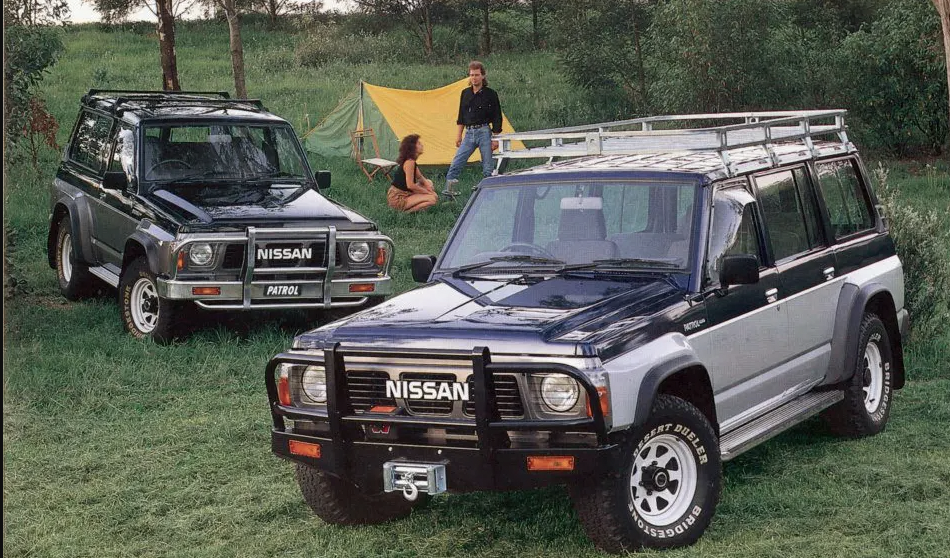
Suzuki’s Escudo, Affectionately Known as the ‘Vitara’
Suzuki launched the first-gen Escudo in 1988, a car we endearingly refer to as the “Vitara.” Its quintessentialities matched perfectly with the leisure-focused off-roader—two doors, open-top, and maximized visibility. The Vitara’s philosophy was all about brightness and openness, with an emphasis on maximizing the sensory experience.
Escalating Leisure: Suzuki’s Incremental Innovations
Suzuki was delighted with the Vitara’s playful essence and even constructed the Suzuki X90 on its second-gen platform in 1996. The automotive giant maintained a steadfast dedication to recreational vehicle (RV) models, leading to the Vitara’s incarnation as the Super Vitara or third-gen Vitara, one of the last to offer longitudinal engines with full-time 4WD and transfer cases in both short and long-wheelbase options.
Transition to City SUVs: The Prelude to a Global Phenomenon
This playful off-roader spirit set the stage for the birth of city SUVs amid Japan’s bursting bubble economy. In the mid-’90s, off-roaders paved the way for a crossover style that captured the consumer market’s overwhelming enthrallment with versatility and elegance.
Divergence in the Japanese Off-Roading Industry
From the ’80s to the ’90s, Japanese off-roaders underwent significant specialization. Traditional tool-oriented short-wheelbase off-roaders like Land Cruiser’s LC70 series continued as a niche market. In contrast, the luxury off-roader segment burgeoned with comfortable, passenger-focused models like the luxurious long-wheelbase Land Cruisers, Patrols, and Pajeros.
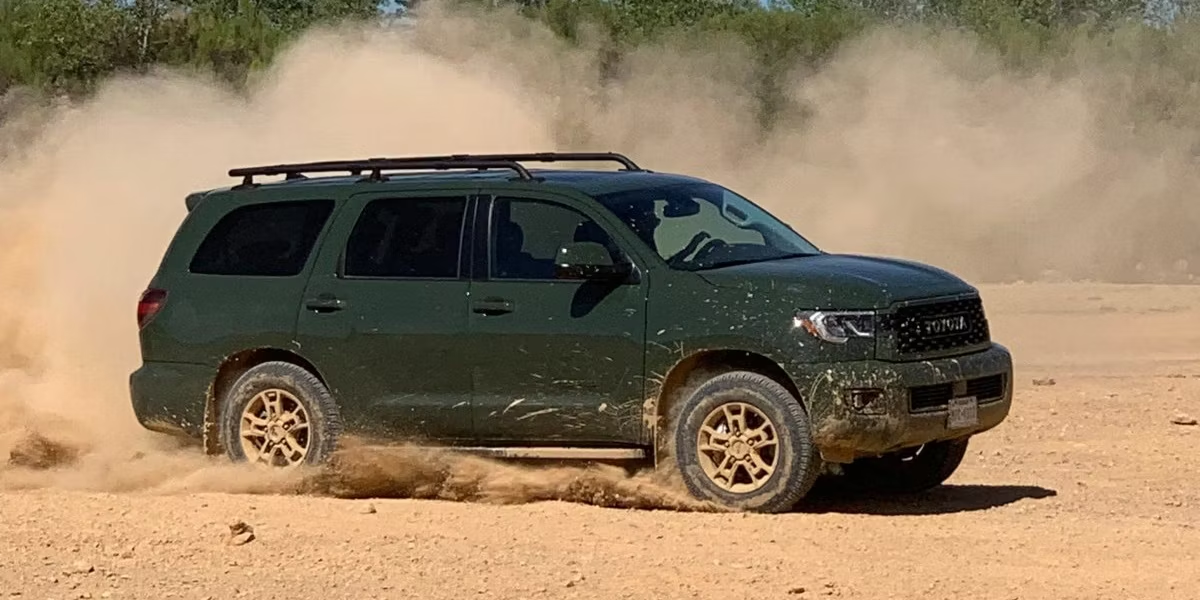
The Overlooked Icon: Isuzu Trooper
In 1981, Isuzu capitalized on the luxury off-road segment with its Trooper. Benefitting from its stronghold in commercial and diesel engines, Isuzu amalgamated American ‘bigness’ with Japanese finesse, fostering the rapid evolution of high-end Japanese off-roaders in the ’80s.
Personal Expression and Playfulness: The Seeds of a Cultural Phenomenon
The ’80s marked the eve of an explosion in Japanese car culture—a playful off-roading propensity that, post-economic bubble, would transform into the SUV-centric ethos of modern times, giving us a glimpse into the burgeoning diversity of automotive expression.



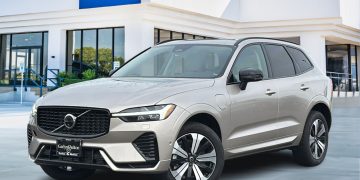
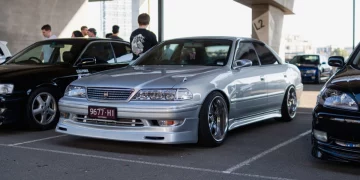

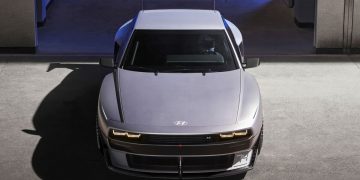

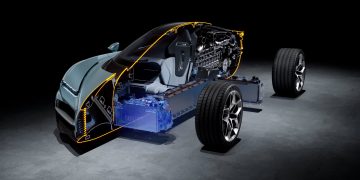





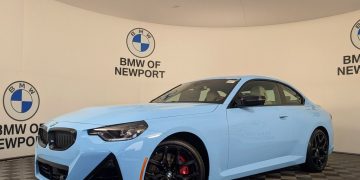






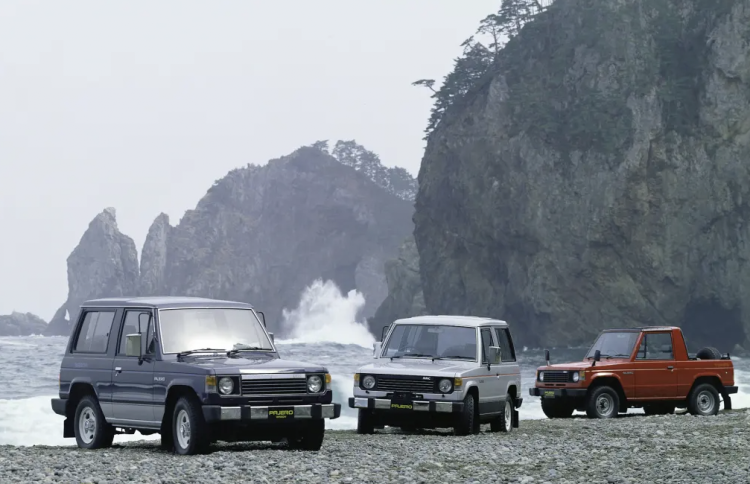












Discussion about this post